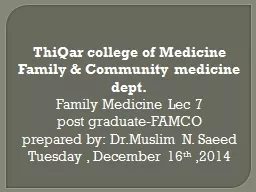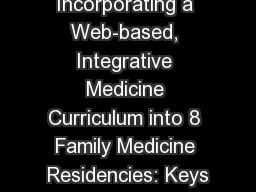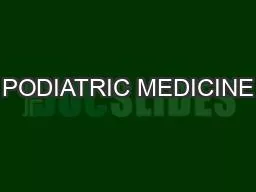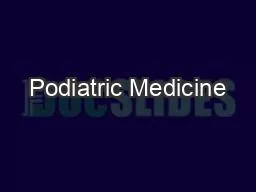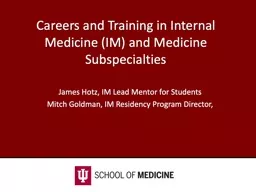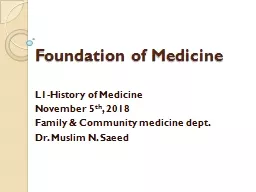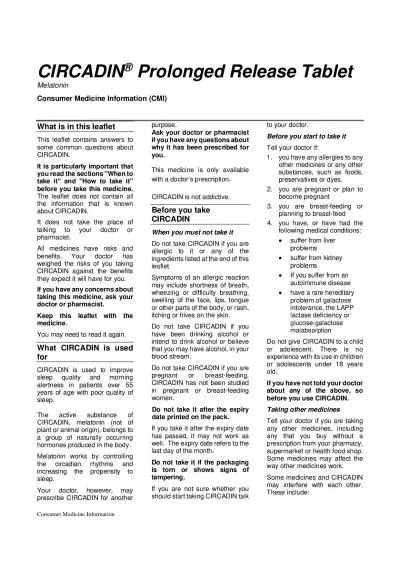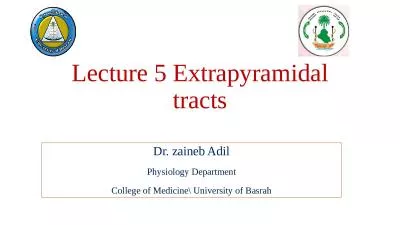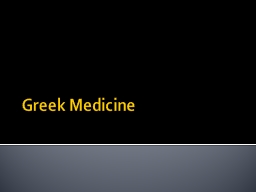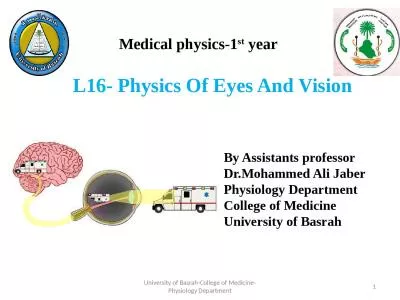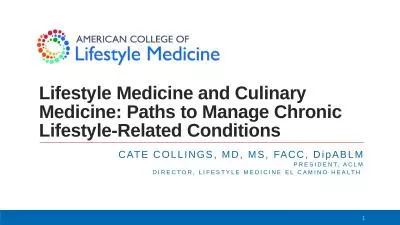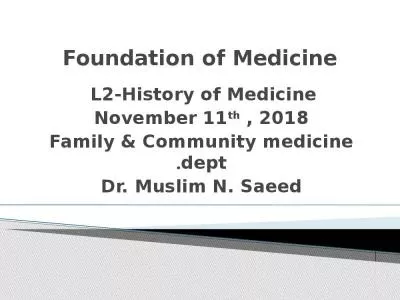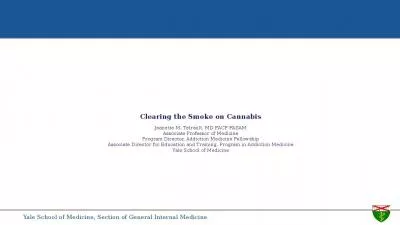PPT-ThiQar college of Medicine
Author : inventco | Published Date : 2020-06-16
Family amp Community medicine dept Family Medicine Lec 7 post graduateFAMCO prepared by DrMuslim N Saeed Tuesday December 16 th 2014 Disease Prevention ADHD
Presentation Embed Code
Download Presentation
Download Presentation The PPT/PDF document "ThiQar college of Medicine" is the property of its rightful owner. Permission is granted to download and print the materials on this website for personal, non-commercial use only, and to display it on your personal computer provided you do not modify the materials and that you retain all copyright notices contained in the materials. By downloading content from our website, you accept the terms of this agreement.
ThiQar college of Medicine: Transcript
Download Rules Of Document
"ThiQar college of Medicine"The content belongs to its owner. You may download and print it for personal use, without modification, and keep all copyright notices. By downloading, you agree to these terms.
Related Documents

